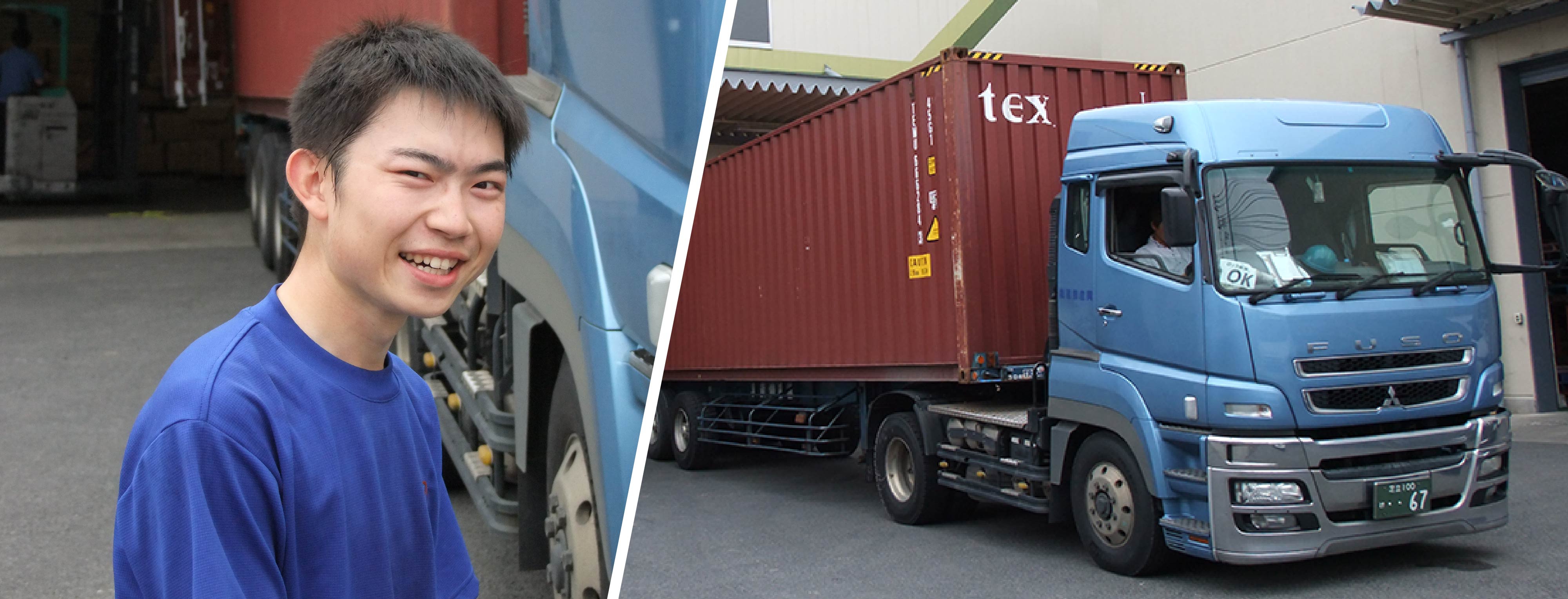Understanding Commercial Practices in Logistics Day by Day.
페이지 정보

본문
As a thriving industry, cargo carriers face an array of challenging challenges in meeting their daily operational demands. The trucking industry is shaped by a multitude of regulatory standards, market place and customer expectations that can make it arduous for businesses to compete effectively.
A well-established key practice among haulage companies is maintaining precise records and compliance with regulatory bodies such as the FMotor Carrier Safety Administration (FMCSA) and the Department of Highway/Public Works. Documentation on driver hours, vehicle fixing, and safety exams are crucial to the successful functioning of any trucking company. This is in addition to adhering to industry standards like electronic logging equipment (ELDs) and maintaining up-to-date information on driver qualifications, driving permits, and compliance certifications.
Another essential element of business practices in trucking involves ensuring the efficient operation of a haulage fleet. This can be contingent upon various factors including the purchase and servicing of vehicles, adequates staffing, and coordinating optimal paths and scheduling. Ensuring adequate resources to address logistics problems is an important practice, which means being prepared to deal with unexpected delivery disruptions or accidents that can impact customer approval.
Expanding into technology-driven solutions has become vital for modern trucking companies. Not only do these solutions improve the tracking and analysis of transportation logistics, they can also help with securing shipments and provide enhanced real-time updates to customers. Companies are shifting from traditional forms of communication and utilizing online tools that can streamline communication between drivers, dispatchers and management.
 Business leaders in the trucking industry are known to leverage driver satisfaction and employee engagement to boost operational efficacy. They promote employee health, implement incentives initiatives, ドライバー求人 埼玉 and prioritize open channels of communication to enhance worker satisfaction. Moreover, they tend to observe and respond to shifting governmental landscapes and customer needs, making sure the business is agile and capable of adapting to changing conditions in the industry.
Business leaders in the trucking industry are known to leverage driver satisfaction and employee engagement to boost operational efficacy. They promote employee health, implement incentives initiatives, ドライバー求人 埼玉 and prioritize open channels of communication to enhance worker satisfaction. Moreover, they tend to observe and respond to shifting governmental landscapes and customer needs, making sure the business is agile and capable of adapting to changing conditions in the industry.
It's crucial that small and large businesses alike successfully balance these numerous considerations and implement effective business practices that keep pace with the industry's evolving nature. They do this through using simple operational best practices and stepping closer to integrating emerging technologies to drive productivity, boost resilience, and drive growth and success.
A well-established key practice among haulage companies is maintaining precise records and compliance with regulatory bodies such as the FMotor Carrier Safety Administration (FMCSA) and the Department of Highway/Public Works. Documentation on driver hours, vehicle fixing, and safety exams are crucial to the successful functioning of any trucking company. This is in addition to adhering to industry standards like electronic logging equipment (ELDs) and maintaining up-to-date information on driver qualifications, driving permits, and compliance certifications.
Another essential element of business practices in trucking involves ensuring the efficient operation of a haulage fleet. This can be contingent upon various factors including the purchase and servicing of vehicles, adequates staffing, and coordinating optimal paths and scheduling. Ensuring adequate resources to address logistics problems is an important practice, which means being prepared to deal with unexpected delivery disruptions or accidents that can impact customer approval.
Expanding into technology-driven solutions has become vital for modern trucking companies. Not only do these solutions improve the tracking and analysis of transportation logistics, they can also help with securing shipments and provide enhanced real-time updates to customers. Companies are shifting from traditional forms of communication and utilizing online tools that can streamline communication between drivers, dispatchers and management.
 Business leaders in the trucking industry are known to leverage driver satisfaction and employee engagement to boost operational efficacy. They promote employee health, implement incentives initiatives, ドライバー求人 埼玉 and prioritize open channels of communication to enhance worker satisfaction. Moreover, they tend to observe and respond to shifting governmental landscapes and customer needs, making sure the business is agile and capable of adapting to changing conditions in the industry.
Business leaders in the trucking industry are known to leverage driver satisfaction and employee engagement to boost operational efficacy. They promote employee health, implement incentives initiatives, ドライバー求人 埼玉 and prioritize open channels of communication to enhance worker satisfaction. Moreover, they tend to observe and respond to shifting governmental landscapes and customer needs, making sure the business is agile and capable of adapting to changing conditions in the industry.It's crucial that small and large businesses alike successfully balance these numerous considerations and implement effective business practices that keep pace with the industry's evolving nature. They do this through using simple operational best practices and stepping closer to integrating emerging technologies to drive productivity, boost resilience, and drive growth and success.
- 이전글Asian American Chamber Of Commerce Of Pittsburgh (AACCP) To Host Girls Entrepreneurs Symposium At Chatham 25.03.26
- 다음글우리 동네 건강 지킴이, 우리약국 활용법 25.03.26
댓글목록
등록된 댓글이 없습니다.




